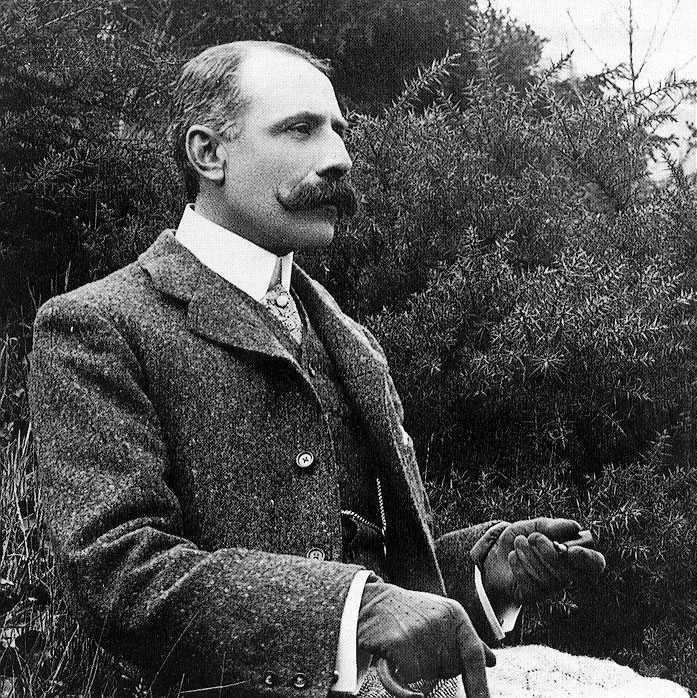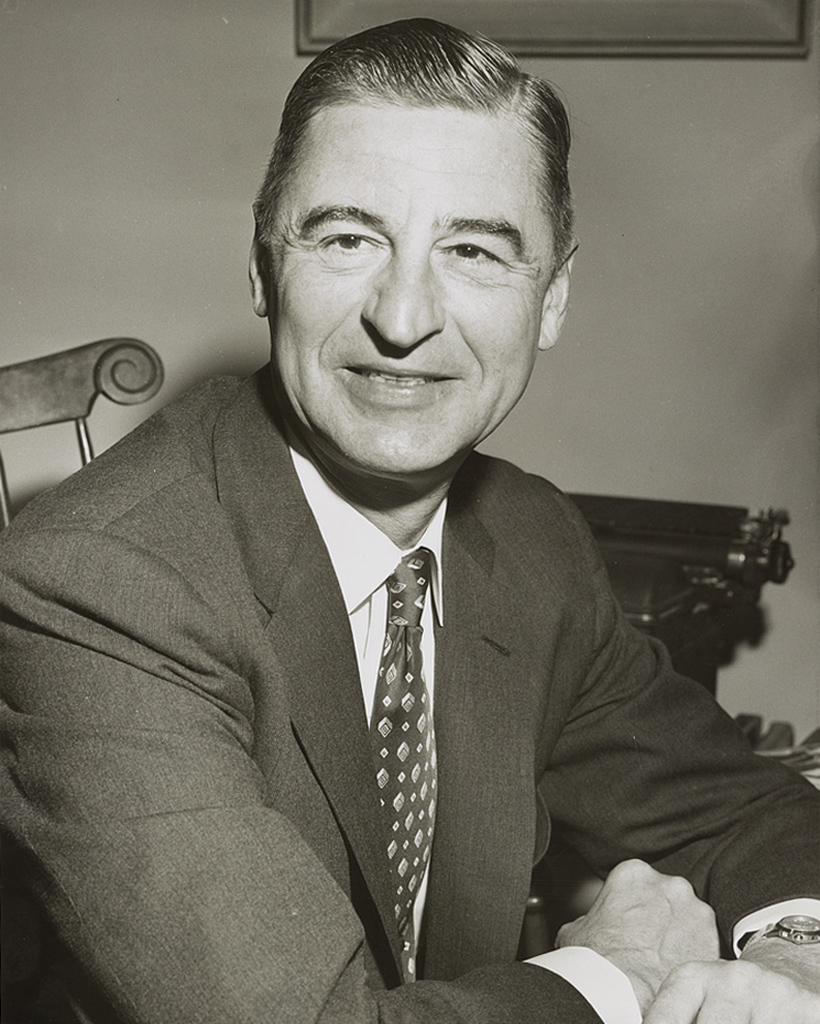By Brian Boone
A sense of finality, accomplishments, and congratulations are in the air — it’s graduation season. Across the country, high school and college students finish up their studies and move on to the next thing, and we celebrate and honor them with the same few traditions employed for decades. Here’s where all those graduation traditions come from.
Why is “Pomp and Circumstance” played?
That slow, wistful march played at graduation ceremonies, either as the students cross the stage to receive their diplomas or exit the venue, is called “Pomp and Circumstance,” and it was composed in 1901 by Sir Edward Elgar (pictured right) in 1901. It’s part of a larger symphonic work called “Pomp and Circumstance in D Major, Op. 39, No. 1” and was inspired by a line in Shakespeare’s Othello: “Pride, pomp, and circumstance of glorious war!” The piece was a hit after it was played during the coronation of English monarch Edward VII in 1902, and first used at a graduation in 1905. Elgar attended Yale’s commencement that year to receive an honorary degree, and “Pomp and Circumstance” was played as a recessional. Other colleges soon adopted it, and it became “the graduation song.”

Need a last-minute graduation gift?
Why do graduates wear a cap and gown at the ceremony?
The wearing of traditional, and almost strange-looking shapeless gowns and square-topped hats (technically called “mortarboards”) is a throwback to the early days of academia. When universities began to form in Europe in the 12th century, the learned professors who taught classes were generally members of the clergy or religious orders. They wore ornate robes, and then so, too, did their students, differentiating (and elevating) them from the population at large. As secondary education became more commonplace over the centuries, the fashion choices of the students did, too, leaving the cap and gown something worn only on special occasions — like for graduation ceremonies. The caps followed the same trajectory. Roman Catholic scholars began wearing tassel-topped mortarboards called biretta in the 15th century, and the hat was part of the student uniform at many universities for hundreds of years. Columbia University was the last holdout, quietly abandoning them in the 1860s.

Why is Oh, the Places You’ll Go! such a popular graduation gift?
It seems like it’s been around forever, like all those other Dr. Seuss books, but Oh, the Places You’ll Go was first published in 1990, the last thing the legendary and influential children’s book author had printed in his lifetime. Still available only in hardback (and suitable for gifting), OTPYG! hits the bestseller list each spring and sells nearly a million copies annually. The reasons: The short, illustrated book about a little boy going off to find himself and his place in the world functions as an extended, elaborate, keepsake greeting card, a way to say congratulations, good luck, and “we’re proud of you.” OTPYG! is about getting out there to “top all the rest,” but it’s also nostalgic, and as much about the bittersweet end of adolescence. In the U.S., from the ‘90s until now, there’s been a cultural shift toward an extended adolescence, making the gift of a book about gentle encouragement a good choice for high-school or college grads.










